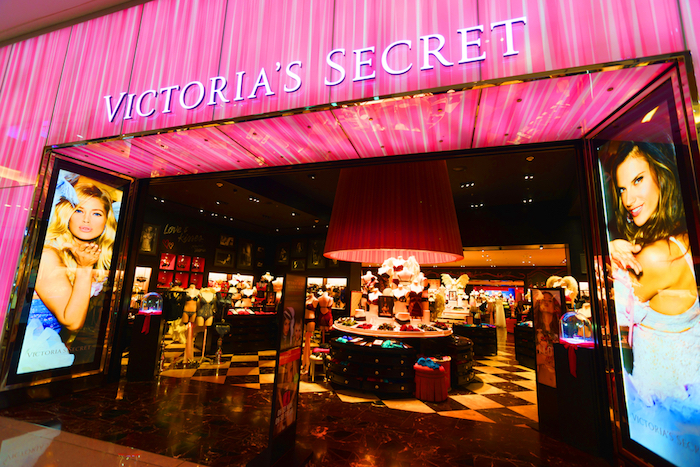
Frozen food didn’t kill the restaurant. Telephones didn’t kill human interaction. And eCommerce won’t kill brick-and-mortar retail. That’s L Brands CEO and Chairman Les Wexner’s theory, as reported by The Wall Street Journal, in the face of brick-and-mortar retail’s worst year ever.
Around 7,000 stores closed their doors in 2017, among them Abercrombie & Fitch, CVS, Gymboree, J. Crew, JCPenney, The Limited, Macy’s, Payless, Radio Shack, Sears and, of course, Toys R Us. A total of 662 retailers filed for bankruptcy. The retail sector lost 36,000 jobs, even as employers in other industries made close to 2 million hires and unemployment dipped to a 17-year low.
Pundits proclaimed that the retail apocalypse was nigh. But for the end of an industry, the steady downward spiral of traditional retail has been fairly lacking in the expected fire and brimstone. It’s been more of a slow burn. Maybe instead of burning traditional retail to the ground, this slow burn is all about refining the industry.
Wexner seemed to think so.
He said it’s not Amazon’s fault for siphoning off mall traffic. It’s the clothing chains themselves. Wexner claimed that fashion brands become their own undoing when their products are no longer compelling or their store environment is no longer enticing and they don’t make the effort to change what they’re selling or doing.
Wexner argued that smartphone-driven shopping will not be the “new norm.” In fact, he believes the technology has already peaked. People go to malls to socialize, not just to shop, he said (apparently, he’s also banking on smartphones not killing human interaction altogether before their popularity declines).
Tom McGee, CEO of the International Council of Shopping Centers, a trade group of mall owners, agreed, noting that occupancy rates at America’s malls remain around 93 percent. Just because high-profile department store anchors like Sears and Macy’s have closed some locations does not mean that enclosed malls themselves are doomed, he said.
“There [are] always going to be winners and losers in an industry like this,” McGee told CNN Money. “It[’s] constantly in a state of flux. The whole image of the demise of traditional retailing is overblown.”
J. Crew Group Inc. Chairman Mickey Drexler disagreed. He said there’s no reason to go to a physical space for social interaction; the new way to do all that is through a smart device. That’s how people have relationships now, he said.
However, Wexler believes an exciting store environment can keep customers coming through the door — which is why more than 70 percent of the company’s investments have been going into opening and remodeling stores.
He was one of the drivers behind the movement to bring fashion to the masses via chain stores across thousands of malls. Among his brands are the (still relatively healthy) Victoria’s Secret and Bath & Body Works, of which he has been CEO since their founding more than 50 years ago. He’s kind of been around long enough to maybe have a good point.
At the same time, just because he believes stores will survive the so-called retail apocalypse doesn’t mean he’s in favor of simply continuing to do retail the way it’s always been done. Victoria’s Secret has undergone a total revamp in recent years, sacrificing swimsuits for sports bras and lingerie (at least some of it) for comfy PJ sets.
Unlike competitors such as Gap, Banana Republic and lululemon, L Brands has increased its store count in recent years. Wexner said customers like going into Victoria’s Secret stores because the products are more personal to them than apparel.
They want to smell the fragrances and lotions firsthand. They want to feel the lingerie and see how it fits. Unlike a blouse that can be ordered online in small, medium or large, specialty items like lingerie require a much more specific fit, and comfort can be a challenge.
Good luck replacing that experience, Amazon.